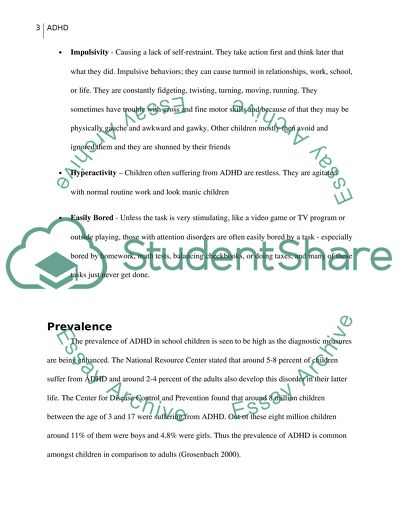Cite this document
(“Attention Deficit/Hyperactivity Disorder (ADHD) Research Paper”, n.d.)
Retrieved from https://studentshare.org/psychology/1394010-adhd
Retrieved from https://studentshare.org/psychology/1394010-adhd
(Attention Deficit/Hyperactivity Disorder (ADHD) Research Paper)
https://studentshare.org/psychology/1394010-adhd.
https://studentshare.org/psychology/1394010-adhd.
“Attention Deficit/Hyperactivity Disorder (ADHD) Research Paper”, n.d. https://studentshare.org/psychology/1394010-adhd.


